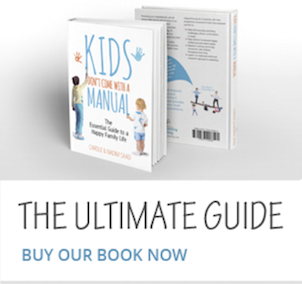Tantrums can be infuriating or downright scary, yet they are a perfectly normal stage in a child’s development. Its reassuring to know that handling and diffusing tantrums effectively can be surprisingly straightforward, as you will see from the tools below!
Here is a sample of some of our easy and effective tools for solving this issue
See also solutions to dealing with “Temper Tantrum” if your child is having a big fit.
This works really well:
EMPATHY AND VALIDATION:
- Giving empathy to our children, regardless of whether or not we agree with their behaviour, is the best thing we can do to calm them down.
- Empathy is simply a means of acknowledging what our children are expressing or feeling, a reassurance that can often help diffuse many a tricky situation. A simple acknowledgement tells your child that you care, even if your might not agree with his or her behaviour.
- For example say to your child with empathy “I can see you are upset”.
- Remember that expressing empathy and validation is very different from ‘giving-in’!
Here is another suggestion:
DIFFUSE WHINING AND ARGUING:
- We can use this tool when we have no intention of giving our children what they are demanding (and we’re sure that their demand is a “want” rather than a physical “need”).
- If your child continues to complain, do not get drawn in to an argument or power struggle, just calmly repeat an ‘empathic statement’ like the one below.
- For example, tell your child: “I heard you” or “I can see that you really, really want that toy, but unfortunately, it’s not going to be possible”
- Do not give in, just hold tight until your child understands that his or her demands are not going to be met.
- The first time you use this tool your child’s frustration may seem to increase, yet since most children are ‘energy efficient he or she will quickly tire of using outbursts when they do not yield results!
These are just a few examples of our Best of Parenting Tools. You can find more ideas and solutions to typical parenting challenges in our book ‘Kids Don’t Come With a Manual – The Essential Guide to a Happy Family Life‘.












































